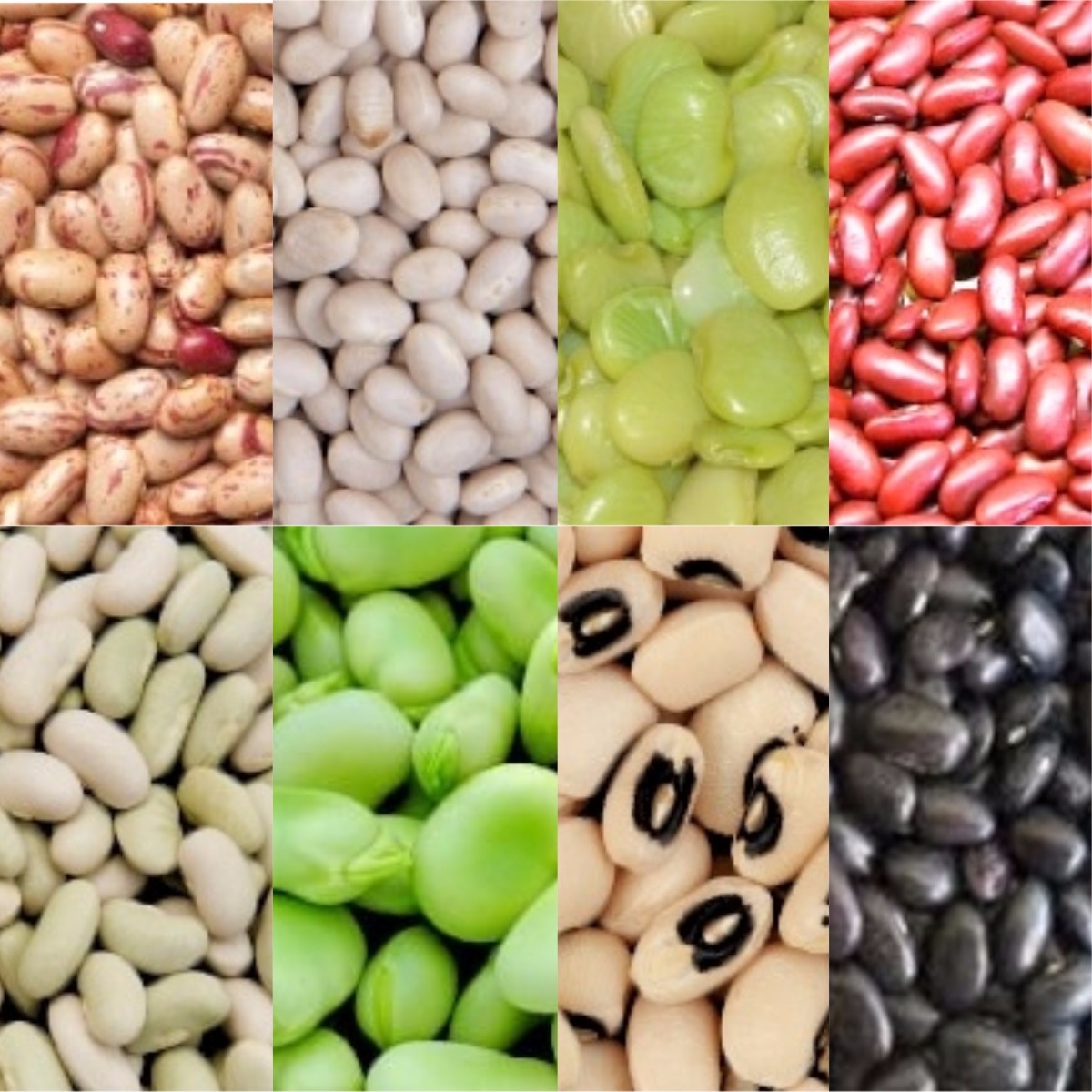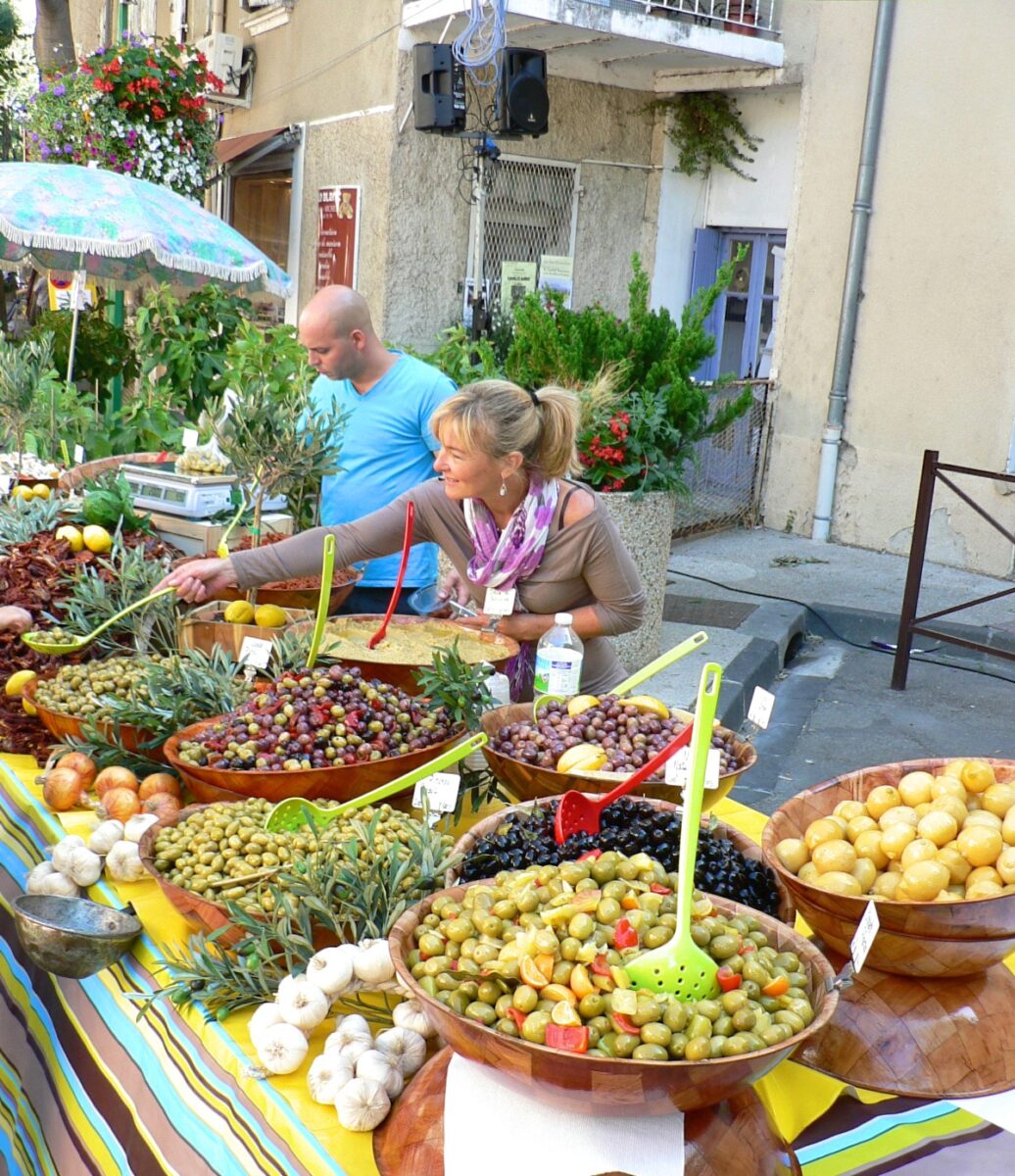In search of the next superfood by nutritional health gurus and influencers (with their commercial handlers in the background) black rice came to fame again in recent times due to its – you guessed it – high levels of antioxidants. This is correct, albeit a black rice diet doesn’t really do anything for your health, a well-balanced flexitarian diet prioritizing vegetables, grains and fruits with less use of meat and fish does.
As we focus more on vegetables and grains we should gradually move away from industrialized bland products – not to speak of the “instant” type – to tastier and more nutritious varieties. This is where a Venere black rice (Italy), an Arborio rice (Italy and Arkansas) or the Carolina Gold Rice (South Carolina) come into play. Too expensive? This probably comes from people who don’t hesitate to spend $40-50 on a pound of top quality red meat but shout bloody hell when they are asked to spend a few dollars more on healthier vegetables, grains and fruits.
Black rice was called “Forbidden” or “Emperor’s” rice as it was reserved for the Emperor in ancient China and used as a tribute food. Even in modern times, it is still grown as specialty rice in a few regions of China. Despite its long history, the origins of black rice are unknown. We know that it’s a gene mutation brought about by plant breeding somewhere in Asia many centuries ago. Today, black rice cultivars are found in locations scattered throughout Asia as well as in Northern Italy and Sardinia.
Venere black rice (Riso Venere) is a whole grain rice, i.e. it hasn’t been hulled like white rice. It is much appreciated in Italy for cooking Risotto Nero. Its taste is close to brown rice but a bit “nuttier”. It is valued by cooking connoisseurs and vegetarians as a good source of iron, fibers and a high content of vitamin E and antioxidants. It’s a protected denomination under EU law and grown in the provinces of Piedmont and Lombardia.
A grain of rice consists of the bran, the germ and the endosperm. The bran is the tough outer layer of the seed and contains most of the fiber. The germ is the seed’s embryo, from which the new plant sprouts and it contains most of the rice’s nutrients. The milling process strips the bran and germ and leaves only the endosperm, which contains a mere fraction of the vitamins and minerals of whole grain rice. This is what we commonly buy in the supermarket as white rice, the nutritionally inferior variety.
Venere black rice is mainly sold in specialty stores or online, but if you happened to be in Northern Italy you can buy it in the supermarket.



